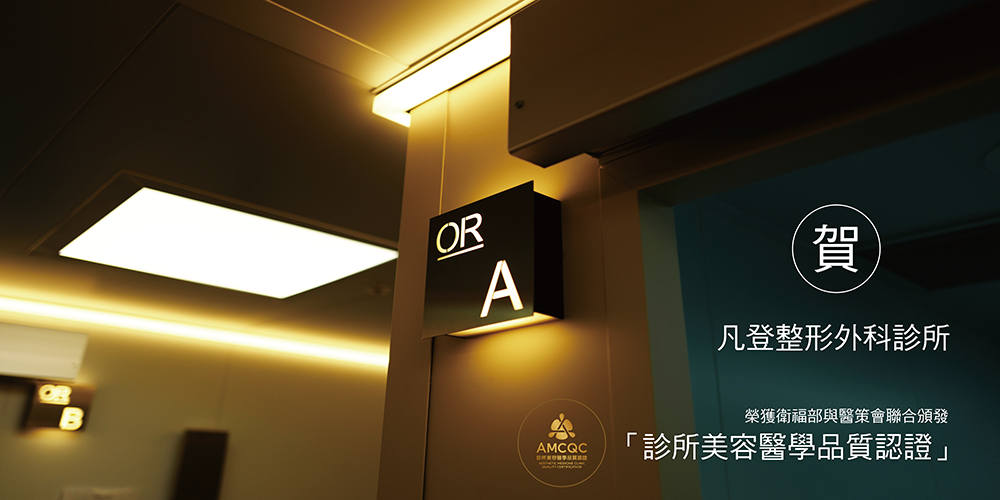Facial Contouring Surgery

Facial Contouring Surgery - Solution to a Proportionate and Well-Balanced Facial Shape
Imagine the face as a house, the facial skeletal structure would be the framework determining the proportion of the house and the facial features are the decorations. An aesthetically attractive face requires a well-balanced facial contour and facial contouring surgery is the solution to alter facial shapes and to correct facial disharmonies.
Facial skeleton is conventionally divided into three parts: upper, middle, and lower parts, where the primary bones defining the facial contour includes the zygoma, maxilla, and mandible.

Zygoma(yellow zone):defines the height and width of the mid-face;Maxilla(blue zone):defines the length and fullness of the philtrum;Mandible(orange zone): defines the width, length of the lower face and the shape of the chin.
Candidates for Cheekbone Reduction Surgery
|Wider face with flat cheekbones
|Prominent widening and/or protruding cheekbone
|Visible cheekbone from a 45 degree angle
|Prominent inverted triangular cheekbone to chin proportion
|Sunken eye caused by prominent cheekbones
|Sunken temples or cheeks caused by prominent cheekbones
How to differentiate mandibular protrusion from enlarged masseter muscles
|Lack of muscle bulging when jaws are clenched
|Prominent mandibular protrusion
|Wide chin (Over-developed Jaw)
|Prominent 90 degree gonial angle
Facial Contouring Surgery - Cheekbone Reduction

Zygomatic bone (cheekbone), is a paired bone located in the middle part of the face forms the prominence of the cheeks and defines the width of the mid-face.
Enlarged zygomatic bone leads to a wider mid-face and an illusion of sunken temples. Moreover, women with wider or protruding zygomatic bone may have a more masculine face.
Zygoma (cheekbone) reduction surgery requires a careful consideration of symmetry and can effectively correct the size and asymmetry of zygomatic bone.
Facial Contouring Surgery - Mandibular Angle Reduction

Mandibular angle is crucial in defining the width and shape of the lower jawline and over-developed mandibular angle may lead to a square jaw.
Conventional mandibular angle reduction surgery only removes the over-developed portion of mandibular bones, which results an aesthetic unfavorable jawline by drawing attention to the skeletal shapes of lower jawline.
The new approach to mandibular angle reduction surgery aims to create a smooth lower jawline by reducing proportionate sections of skeletal tissue from the mandibular angle, cortical bone, and the chin bone.
Before and After
Post Operative Instructions for Facial Contouring Surgery
|Swelling typically peaks 2 - 3 days after surgery and subside gradually. Icing on the cheeks or on both sides of the nose for 15 minutes / time is recommended to reduce swelling.
|Liquid diet such as milk, juice, soy milk, and clear chicken soup is recommended for the first week after the surgery. Avoid foods with high heat. A regular diet can be resumed after healing of the wounds in the second week.
|Keep head elevated to decrease swelling and promote wound healing.
|Good oral hygiene, proper wound management, and a healthy lifestyle are important to reduce risk of infection.
|Stitches inside the mouth can dissolve naturally within 2 - 3 weeks. Partially dissolved stitches may required removal by the surgeon.
|Scratches caused during the surgery can be healed within 1 - 2 weeks after the surgery without any scarring.
Frequently Asked Questions for Facial Contouring Surgery
Q:Is Botox an effective treatment for “square jaw”? Click for Answer
A board-certified plastic or oral-maxillofacial plastic surgeon can determine whether the cause of square jaw is due to enlarged masseter muscle, over-developed mandibles, or both.
Intramuscular injections can effectively reduce the size of masseter muscle for a slimmer facial contour. However, surgery is the only solution to a square jaw caused by over-developed mandibles. Facial contouring surgery such as mandibular angle reduction or sliding genioplasty generates a slimmer and smooth jawline effectively.
Q:Why does orthodontic treatment or facial contouring alone insufficient to correct a protruding chin ? Click for Answer
Orthognatic Surgery for protruding chin correction can be broken down into two steps: 1. reduce the length of the protruding chin. 2. realign the teeth to the new position of the jaw with braces. Both steps are necessary to improve the function and appearance of a protruding chin.
Q:How long does it take to recover from facial contouring surgery ? Click for Answer
In general, swelling peaks 2-3 days after the surgery and gradually subside after a week. Intraoral stitches typically dissolve naturally within 2-3 weeks and partially dissolved stitches may required removal by the surgeon.70-80% of swelling are expected to subside within a month and it takes 3-6 months for completely natural results.






